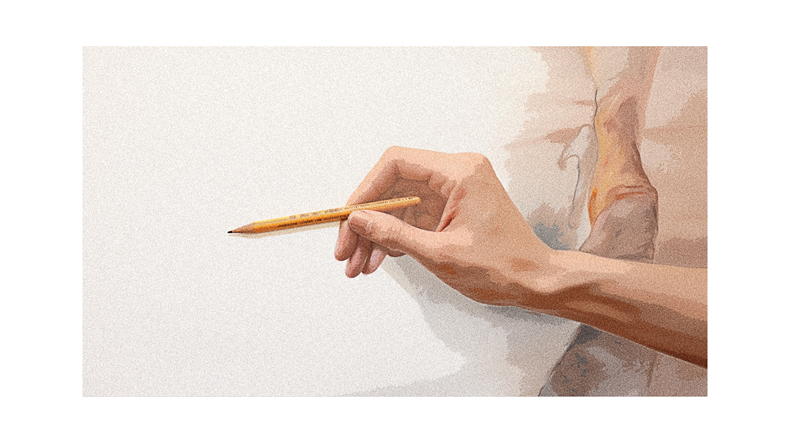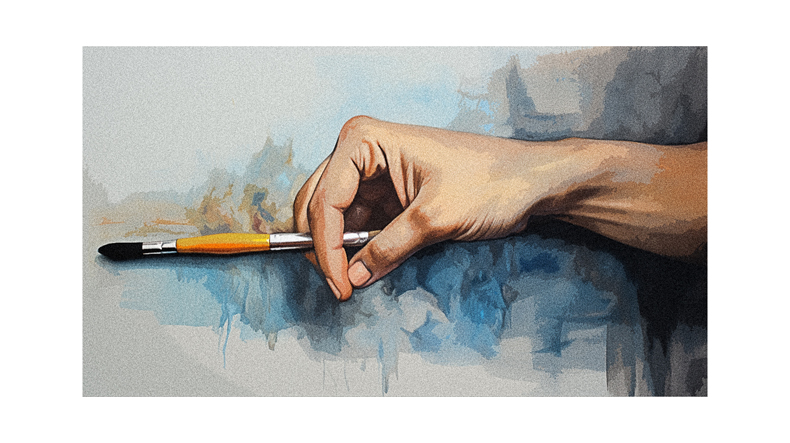As an artist, I’ve experienced the frustration of transitioning from sketching to painting. Maintaining proportions and likeness can be daunting. But fear not; I’m excited to share the acrylic glazing technique. It’s a powerful tool that ensures a seamless and realistic transition.
I’ll provide step-by-step instructions for beginners and experienced artists in this article. Together, we’ll learn how to add highlights, enhance contrast, and create stunning acrylic portraits.
Let’s unlock your artistic potential and paint beautiful masterpieces.
Exploring Different Painting Mediums

I can experiment with and learn about different painting mediums to expand my artistic skills and explore new techniques.
Trying out various mediums like oil paints, watercolors, and pastels allows me to understand their unique properties and how they interact.
By exploring different painting mediums, I can discover which resonates most with me and bring out the best in my artistic expression.
For example, oil paints offer a vibrant texture, while watercolors create a delicate and transparent effect.
Each medium presents its challenges and possibilities, enabling me to push the boundaries of my creativity.
Through this exploration, I can grow as an artist and broaden my horizons.
Understanding Color Theory and Mixing

Understanding color theory and mixing is essential for artists to create harmonious and vibrant paintings. As an artist, I’ve learned that colors profoundly impact the emotions and mood of a painting.
By understanding color theory, I can choose the right colors to convey the desired message and evoke the desired emotions in my artwork. Understanding the color wheel and the relationships between primary, secondary, and tertiary colors is important.
Additionally, knowing how to mix colors allows me to create a wide range of hues and shades, giving depth and dimension to my paintings. By experimenting and practicing with color mixing, I can achieve the perfect balance and harmony in my paintings, making them visually captivating and engaging for the viewers.
Mastering Basic Brushwork Techniques

First, let’s start by exploring three essential brushwork techniques that will elevate your painting skills.
- Varied brushstrokes: Experiment with different brush sizes and pressure to create texture and depth in your painting. Use long, flowing strokes for smooth areas and short, choppy strokes for more detailed sections.
- Wet-on-wet technique: Apply wet paint onto a wet surface to achieve blending and soft edges. This technique is excellent for creating atmospheric effects and smooth transitions between colors.
- Dry brushing: Load a dry brush with a small amount of paint and gently drag it across the canvas. This technique is perfect for adding highlights and texture to your painting.
You can add more dimension and personality to your artwork by mastering these basic brushwork techniques.

Practice and experimentation will help you develop your unique style and take your painting skills to the next level.
Creating Dynamic Compositions

The key to creating dynamic compositions is carefully considering the placement and arrangement of elements within the painting. You can create a visually appealing and engaging composition by strategically positioning the main focal point and balancing it with other elements.
I often use the rule of thirds, dividing the canvas into a grid and placing the main subjects along the intersecting lines. This creates a sense of movement and tension within the painting.
Diagonal lines or leading lines can also guide the viewer’s eye and create a sense of depth and perspective. It’s also important to consider the scale and proportion of the elements, as well as the use of negative space.
Experimenting with different compositions and perspectives will help you find the most dynamic arrangement for your painting.
Developing Your Style and Voice

As an artist, transitioning from sketching to painting has led me to the exciting process of developing my unique style and voice. It has been a liberating experience to explore different techniques and experiment with various mediums to find what truly resonates with me.

Through this process, I’ve discovered three key elements that have helped me develop my own artistic identity:
- Embracing my personal experiences and emotions: By infusing my artwork with my own stories and feelings, I can create truly authentic and meaningful pieces.
- Pushing boundaries and taking risks: Stepping outside my comfort zone and challenging myself to try new things has allowed me to discover new artistic techniques and perspectives.
- Trusting my instincts: Learning to trust my intuition and allowing it to guide my artistic choices has helped me develop a unique style.
Follow us on Pinterest for more tips, tutorials, and artist reviews!





